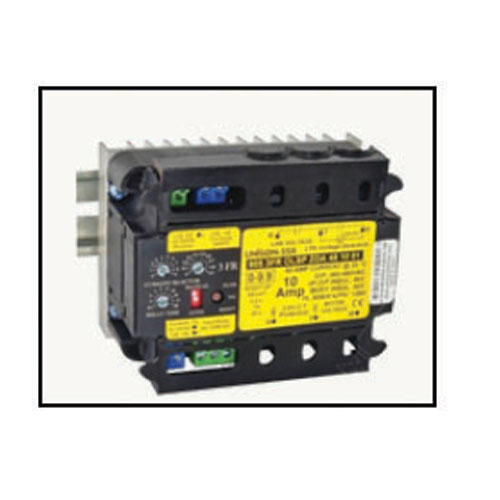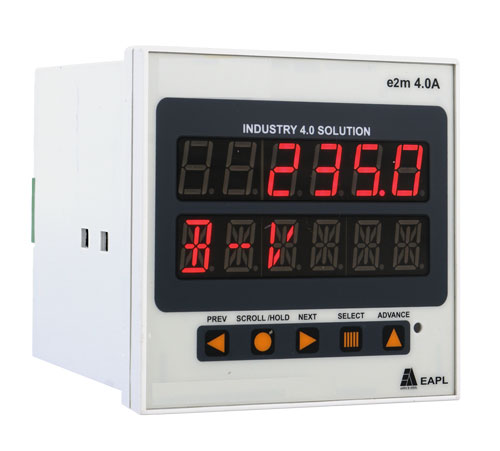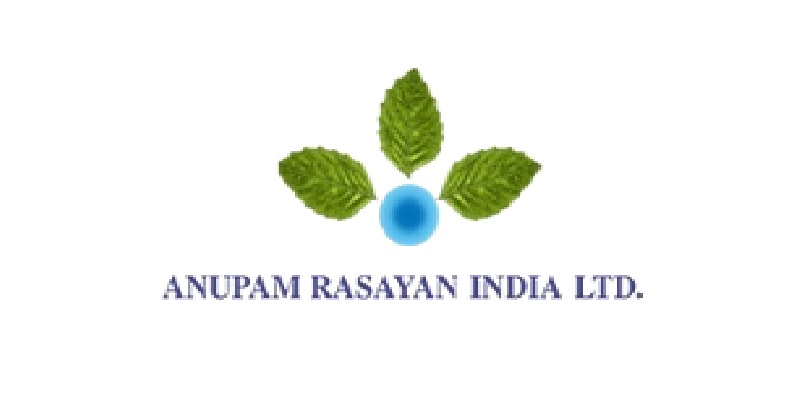Schedule a Call Back
AODD Pumps: A Brief Overview
 Technical Articles
Technical Articles- Aug 16,10
Air Operated Double Diaphragm Pumps or AODD pumps have been around for over 50 years now. Over the years AODD pumps have improved in performance and are today considered among the most versatile pumps for a host of applications.
Here are a few important reasons for using AODD pumps:
- No electrical motor - non sparking.
- No mechanical seals or gland packing.
- The pumps can run dry indefinitely without damage.
- Safe for use in hazardous/explosive environments.
- Variable flow - simply regulate the inlet air supply to adjust the pump flow from zero to max.
- If discharge is clogged or closed pump stops immediately; no power consumed, no wear. By opening discharge, flow starts automatically.
- Self-priming from a dry start up to 6 metres without a foot valve.
- Pressure up to 100 PSI (7 bar).
- Operates submerged or with flooded suction.
- No close fitting, sliding or rotating parts so can handle a wide range of fluids with high solid content.
- Gentle non-shearing action.
- Quick assembly and disassembly with split clamp bands.
- Pumps are light weight and portable.
Applications
AODD pumps have a wide range of applications. Here is a segment wise overview of its many
applications:
- Automotive Industry: Grinding emulsion, oil, coolant, hydraulic fluid, sulfuric, automotive primer, soluble oil, varnish disposal, varnish additives, degreasing baths, cutting oil, water and glycol mixture, paint
- Aviation: Aircraft fuelling and drainage, satellite refueling, solid rocket propellant, missile silos
- Beverage Industry: Yeast, diatomaceous earth slurry, hot pulp, liquid hops, sugar syrup, concentrates, gas-liquid mixtures, wine, fruit pulp, fruit juice, corn syrup
- Ceramics: Slip, glaze, enamel slip, effluent, clay, clay slurry, lime slurry, kaolin slurry
- Chemical Industry: Acids, alkalies, solvents, suspensions, dispersions, magnesium hydroxide, varnishes, sump water, resins, latex, adhesives, effluent sludge, stabilizers, filter press, electrolytes
- Construction Industry: Sump and pit drainage, cement slurry, ceramic tile adhesive, rock slurry, ceiling coating paints, texture spray
- Cosmetics: Lotions, creams, shampoos, emulsions, hand creams, surfactants, hair permanents, soaps
- Electronics Industry: Solvents, electroplating baths, ultrapure liquids, carrier fluids for ultrasonic washing, sulfuric, nitric and acid wastes, etching acids, MEK, acetone, polishing compounds
- Food: Brine, chocolate, vinegar, molasses, dog food, vegetable oil, soy bean oil, honey, cat food, HCL, animal blood
- Furniture Industry: Adhesives, varnishes, dispersions, solvents, stains, Elmer's Glue, white good glue, solvents, glue (5-6000 cps) epoxy, starch adhesives, spray packages
- Mining: Sump gallery drainage, water drainage, coal sludge and rock slurry, cement slurry, grounting mortar, oil transfer, explosive slurry, adhesive, lube oil, foaming
- Municipalities: Tank and sump drainage, sewer cleaning, chemicals, contaminated surface water, emergency pumping, spill clean-up, waste oil, oil/water separators
- Paints & Coatings: Resins, solvents, acrylic, wood preservative stain, concrete paints, varnishes, titanium dioxide slurry, primers, stains, dispersions, varnish cleaning baths, alkalyd resin
- Pharmaceutical Industry: Vegetables extracts, tablet pastes, ointments, alcohols, filtering aids, ultra filtration, Blood plasma, waste solvents, sump waste
- Plating: Anodic sludge, electroplating baths, varnishes, enamels, solvents, cleaning baths, filtering
- Pulp/Paper/Packaging: Latex, adhesives, paints, resins, printing inks, dispersions, TiO2 slurry, Kaolin clay, hydrogen peroxide
- Refineries: Tank roof drainage, oil sludge, tank cleaning, tank moat drainage, portable pumping
- Road Tanker Trucks: Loading and draining of tank by means of pump on vehicle, tank vehicle washing facilities, acid spraying, foaming
- Shipbuilding: Tank and bilge drainage, ship cleaning, stripping, oil skimming, seawater
- Smelters, Foundries & Dye Casting: Metal slurry, hydroxide and carbide slurry, dust scrubbing slurry, back wash for flushing of cores, mold release.
Figure 1 (Left Stroke)
 The air valve directs pressurized air to the back side of diaphragm A. The compressed air is applied directly to the liquid column separated by elastomeric diaphragms. The diaphragm acts as a separation membrane between the compressed air and liquid, balancing the load and removing mechanical stress from the diaphragm. The compressed air moves the diaphragm away from the center block of the pump. The opposite diaphragm is pulled in by the shaft connected to the pressurized diaphragm. Diaphragm B is on its suction stroke; air behind the diaphragm has been forced out to the atmosphere through the exhaust port of the pump.
The air valve directs pressurized air to the back side of diaphragm A. The compressed air is applied directly to the liquid column separated by elastomeric diaphragms. The diaphragm acts as a separation membrane between the compressed air and liquid, balancing the load and removing mechanical stress from the diaphragm. The compressed air moves the diaphragm away from the center block of the pump. The opposite diaphragm is pulled in by the shaft connected to the pressurized diaphragm. Diaphragm B is on its suction stroke; air behind the diaphragm has been forced out to the atmosphere through the exhaust port of the pump.
The movement of diaphragm B toward the center block of the pump creates a vacuum within chamber B. Atmospheric pressure forces fluid into the inlet manifold forcing the inlet valve ball off its seat. Liquid is free to move past the inlet valve ball and fill the liquid chamber (see shaded area).
Figure 2 ( Mid Stroke)
Mid Stroke)
When the pressurised diaphragm, diaphragm A, reaches the limit of its discharge stroke, the air valve redirects pressurised air to the back side of diaphragm B. The pressurised air forces diaphragm B away from the center block while pulling diaphragm A to the center block.
Diaphragm B is now on its discharge stroke. Diaphragm B forces the inlet valve ball onto its seat due to the hydraulic forces developed in the liquid chamber and manifold of the pump. These same hydraulic forces lift the discharge valve ball off its seat, while the opposite discharge valve ball is forced onto its seat, forcing fluid to flow through the pump discharge. The movement of diaphragm A toward the center block of the pump creates a vacuum within liquid chamber A. Atmospheric pressure forces fluid into the inlet manifold of the pump. The inlet valve ball is forced off its seat allowing the fluid being pumped to fill the liquid chamber.
Figure 3 (Right Stroke)
 At completion of the stroke, the air valve again redirects air to the back side of diaphragm A, which starts diaphragm B on its exhaust stroke. As the pump reaches its original starting point, each diaphragm has gone through one exhaust and one discharge stroke. This constitutes one complete pumping cycle. The pump may take several cycles to completely prime depending on the conditions of the application.
At completion of the stroke, the air valve again redirects air to the back side of diaphragm A, which starts diaphragm B on its exhaust stroke. As the pump reaches its original starting point, each diaphragm has gone through one exhaust and one discharge stroke. This constitutes one complete pumping cycle. The pump may take several cycles to completely prime depending on the conditions of the application.
Related Products

Three Pole, Numerical, Non-directional 3 O/c or 2 O/c+1 E/f Relay With Inst. Highset
JVS Electronics Pvt Ltd offers a wide range of three pole, numerical, non-directional 3 O/C Or 2 O/C+1 E/F relay with inst. Highset JNC 066/JNC 066P.

Ph Fwd/ Rev Motor Protection Ssrs
Insys Electrical & Controls offers a wide range of PH FWD/ REV motor protection SSRs.

Multifunction Meter With Event Counter
Electronic Automation Pvt Ltd offers a wide range of multifunction meter with event counter - model-E2M 4.0A















